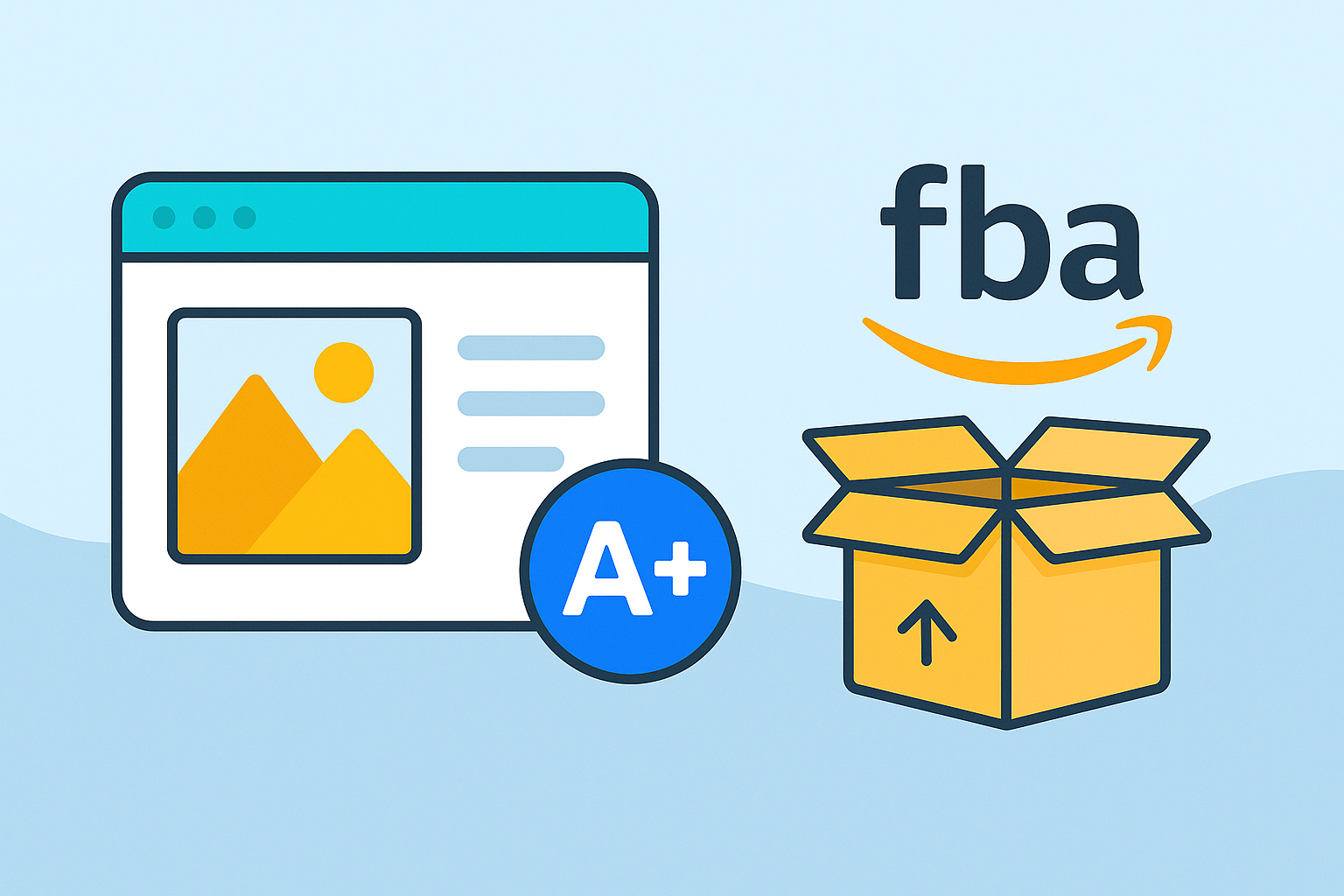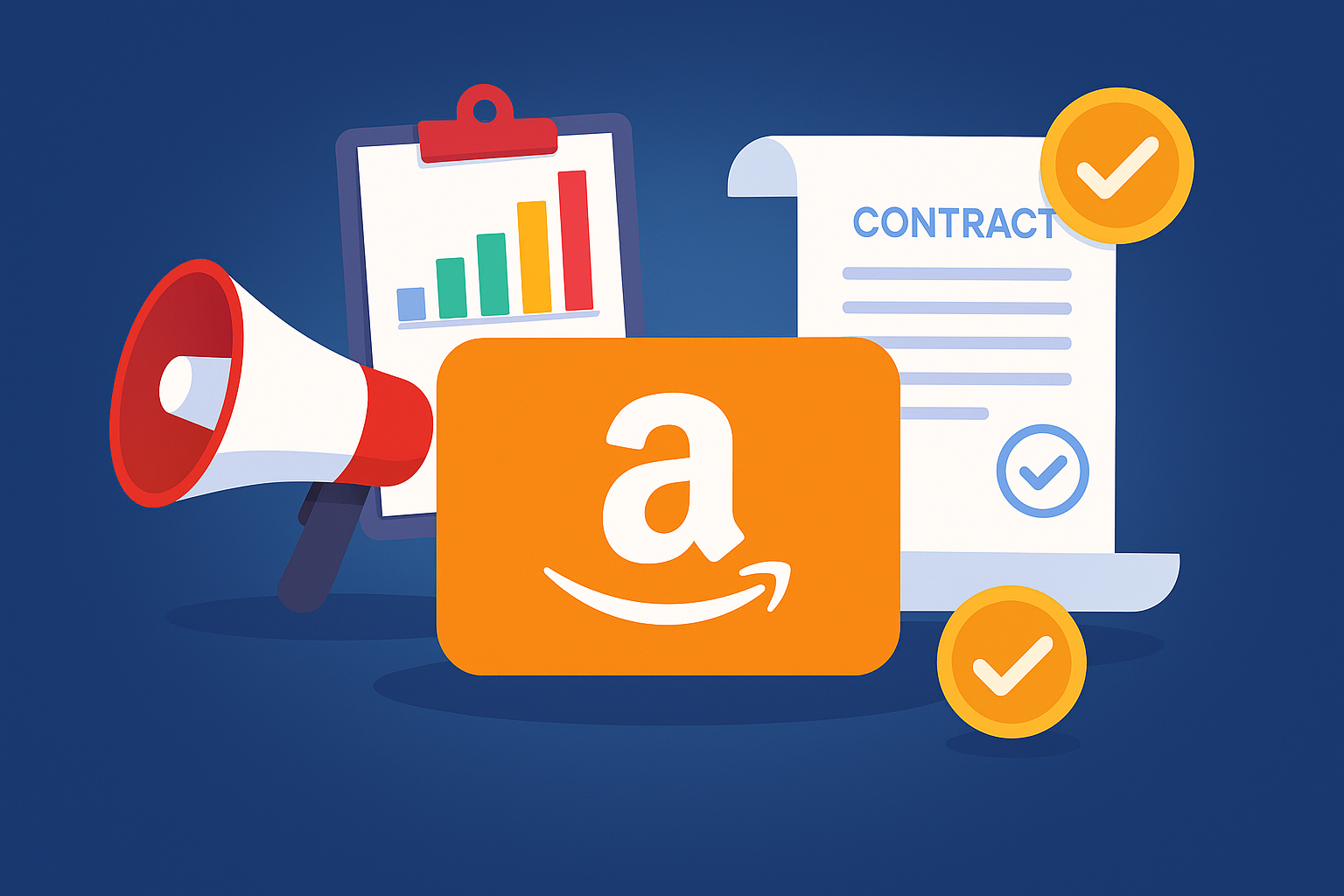Optimising product listings and leveraging FBA
Crafting effective listings
Product titles
As of January 21 2025, Amazon limits most product titles to 200 characters and prohibits special characters like !, $, ?, _, {, }, ^, ¬ and ¦. Amazon also discourages repeating the same keyword multiple times; repetition does not improve search relevance. A good title should use as much of the 200‑character allowance as possible without keyword stuffing. Successful titles include the brand name, quantity, size, product type and key features. Placing the most important keywords at the beginning helps the algorithm understand the product quickly.
Bullet points and descriptions
Amazon allows up to five bullet points per product. Each bullet point should highlight a main feature or benefit, followed by additional details. Use this space to mention quantities, materials, dimensions, unique benefits and how the product solves a problem for the customer. The product description can be up to 2,000 characters and should expand on the bullet points in natural language. Sellers enrolled in Amazon’s Brand Registry can replace the description with A+ Content – customised layouts with larger images and comparison charts.
Images
Images play a major role in conversion rates. Amazon’s guidelines require that the main image shows only the product on a pure white background; professional photographs of the real product are mandatory. The product must occupy at least 85 % of the image, and the file should be 1,600 pixels or larger on the longest side for optimal zoom. Main images must not include props, watermarks, logos or text overlays. Additional images (Amazon allows up to nine) can showcase different angles, features and lifestyle contexts. Best practices include using infographics to explain key features, showing scale with common objects, and including lifestyle photos to help customers visualise the product’s use.
Keyword optimisation
Research relevant keywords and incorporate them naturally into titles, bullet points and descriptions. According to a Jungle Scout survey, nearly 80 % of Amazon sellers prioritise listing optimisation with high‑quality keywords. Avoid keyword stuffing; Amazon’s algorithms recognise synonyms and partial matches, so repeating a term more than once does not increase relevance. Tools like Amazon’s keyword research or third‑party software can help identify search terms with high demand and reasonable competition.
Fulfillment by Amazon (FBA)
Fulfillment by Amazon (FBA) allows sellers to outsource storage, packing, shipping, customer service and returns to Amazon. The process involves six steps:
- Register for FBA: In Seller Central, navigate to Account Info → Manage and click Register for FBA.
- List and assign products to FBA: Select eligible products for FBA during the standard listing process. Before enrolling, confirm eligibility (review FBA product restrictions) and estimate costs with Amazon’s revenue calculator.
- Send inventory: Use the Send to Amazon workflow to prepare, pack and label shipments. Amazon offers prep and label services for a fee.
- Amazon handles fulfillment: Once inventory arrives, Amazon stores, picks, packs and ships orders and manages customer service and returns.
- Manage FBA inventory: Use the FBA dashboard and tools like the Restock Tool and Replenishment Alerts to forecast demand and avoid stock‑outs or long‑term storage fees.
- Optimise and expand: Pair FBA with programs such as Amazon Global Logistics or Remote Fulfillment with FBA to reach international customers.
New sellers automatically enrol in the FBA New Selection program when they send new eligible products to FBA within 90 days. This program provides free monthly storage, rebates and fee waivers.
FBA vs FBM
Choosing between FBA and Fulfillment by Merchant (FBM) depends on the product and business model. Jungle Scout’s 2024 comparison guide explains that FBA sellers send inventory to Amazon’s fulfilment centres; Amazon stores, picks, packs and ships orders and handles customer service. FBM sellers store and ship products themselves or through a third‑party fulfillment centre. Factors to consider include:
- Item size/weight: FBA is cost‑effective for small, lightweight products that turn over quickly, whereas FBM may be cheaper for oversized or heavy items. Using Amazon’s revenue calculator helps forecast fees.
- Control of customer experience: FBM provides more control over packaging and communication, while FBA gives Amazon full control over customer service.
- Feedback management: FBA sellers can request removal of negative feedback if Amazon handled the order, whereas FBM sellers are fully responsible for shipping quality and communication.
- Inventory turnover: Slow‑moving or seasonal products may incur higher storage fees under FBA, making FBM preferable.
Some businesses adopt a hybrid approach, using FBA for fast‑moving, lightweight items and FBM for bulky or slow‑moving products. Jungle Scout notes that about 14 % of sellers use both FBA and FBM, and 64 % use FBA exclusively.
By optimising listings and choosing the right fulfillment method, sellers can improve discoverability, conversions and overall customer satisfaction. High‑quality titles, bullet points, descriptions and images make it easier for Amazon’s algorithm to match products with customer searches, while FBA can unlock Prime eligibility and delegate logistics to Amazon.








